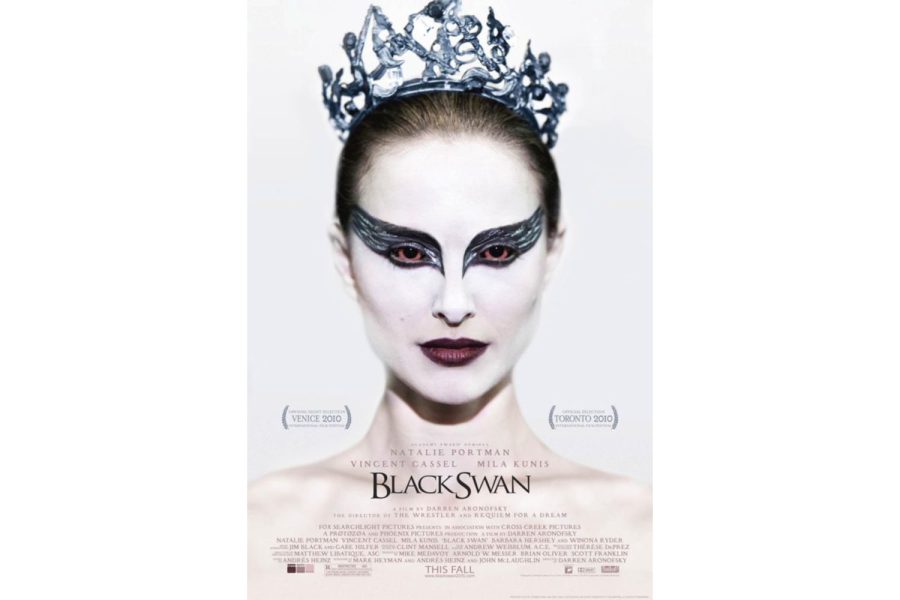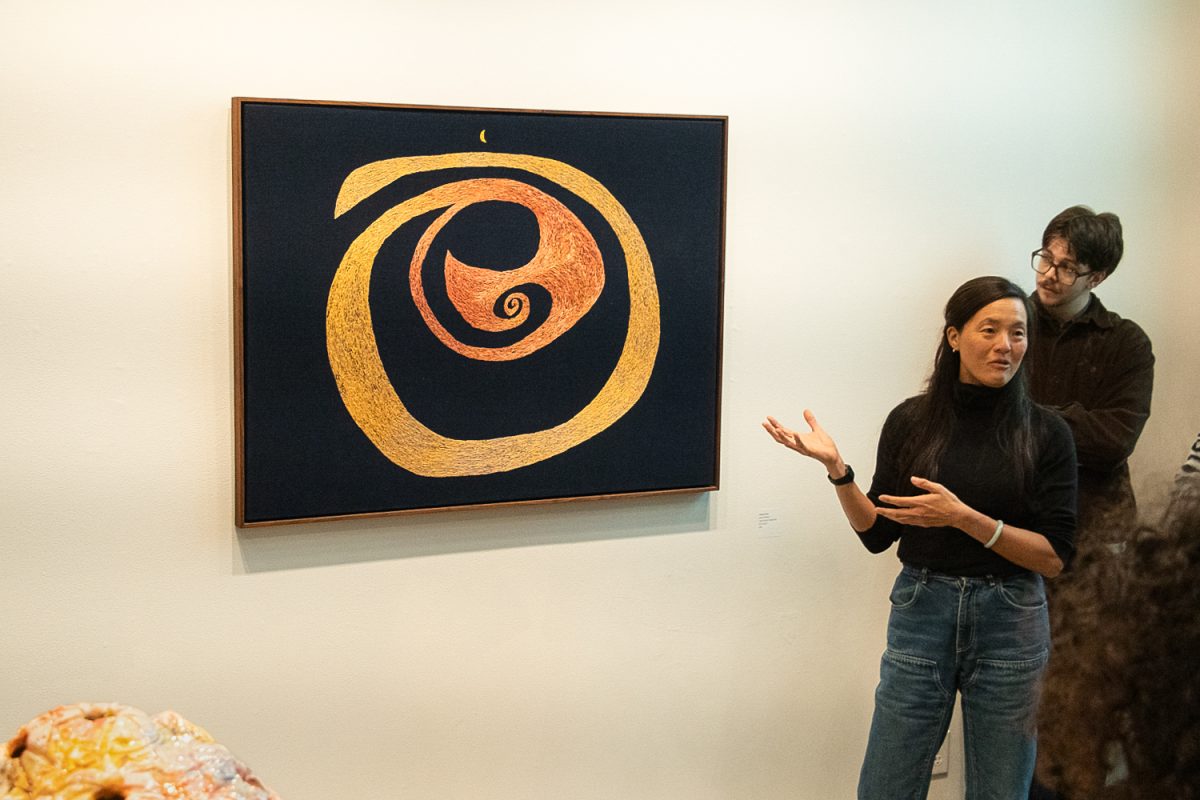For many, death exists as an overarching, primal fear. A fear that drives humans to conjure up ideas of religion, destiny, afterlife, and reasons to justify the brutally inevitable ending for us all. Despite this instinctive fear, for me, nothing is more terrifying than living without sanity.
My favorite psychological thriller “Black Swan,” directed by Darren Aronofsky, was the first film that made me question my own relationship with sanity and the moldability of my mind, as it sparked the fear of losing my own connection to reality. After my first viewing, I was forced into a panic attack, speechless, and stunned at the filmmaker’s ability to enthrall me into a state of anxiety, leaving me questioning the capabilities of the human mind.
My fear of losing control and surrendering to oblivion was masterfully crafted on screen through following Nina Sayers, played by Natalie Portman, a professional ballerina with an obsessive urge to fulfill the void of perfection. An obscene spiral into a world of paranoia and delusion is displayed in this dark, compelling production.
Facilitated by the environment of her industry, Nina succumbs to the pressures of living up to the principal ballerina she succeeds for her role in their production of “Swan Lake.” Cast as both the white and black swan, Nina must embody all that divides the two identities. For the white swan, a sense of innocence is expected to be communicated through grace and elegance in rhythm and motion on the dance floor. For the black swan, an effortless rebellion is anticipated through a more confident, fierce arrangement of dance movements to project mystery, desire, and seduction.
Though Nina’s instructor applauds her ability to master the white swan, he urges her to let go of her tension and allow a metamorphosis into the defiant black swan to ensue.
The arrival of a new dancer Lily, played by Mila Kunis, who is rebellious and carefree in nature, introduces a looming threat to Nina’s position as the black swan and expedites the unraveling of Nina’s sanity.
An adaptation of the female experience is intricately thread into Nina’s role as a dancer, as the eerie uncomfortability of obsession and the suffering one will endure to achieve an unrealistic standard of perfection is projected. Nina’s character explores standards of beauty, standards of complacency, and standards of sexuality including its exhibition yet simultaneous restriction.
I’ve found many parallels between the emotions I endured growing up as a dancer and Nina’s experiences, as I’ve felt the anxiety of achieving perfection, and the relentless pressure to not make mistakes out of fear of disappointing others.
In a climactic exchange between Nina and Lily, an entanglement of internalized rage and psychosis explodes in a loss of all control. Nina transcends the necessity of control she once held before this moment, and surrenders to the insanity that consumes her. Only in this state is Nina able to be effortlessly free on and off stage, crafting a masterful performance that achieves perfection out of the imperfect.
At this point in the film, the feeling of Nina’s insanity was mimicked in me as a viewer who could no longer decipher if what my eyes were perceiving was real or not.
In the end, she is wholly swallowed by the sea of insanity that takes over, and only in death can Nina finally escape the chaos.
Though my greatest fears are manifested in this film, the beautiful complexity of its creation has left me with no choice but to recruit anyone I can to experience a transformative hour and 48 minutes of viewing.














